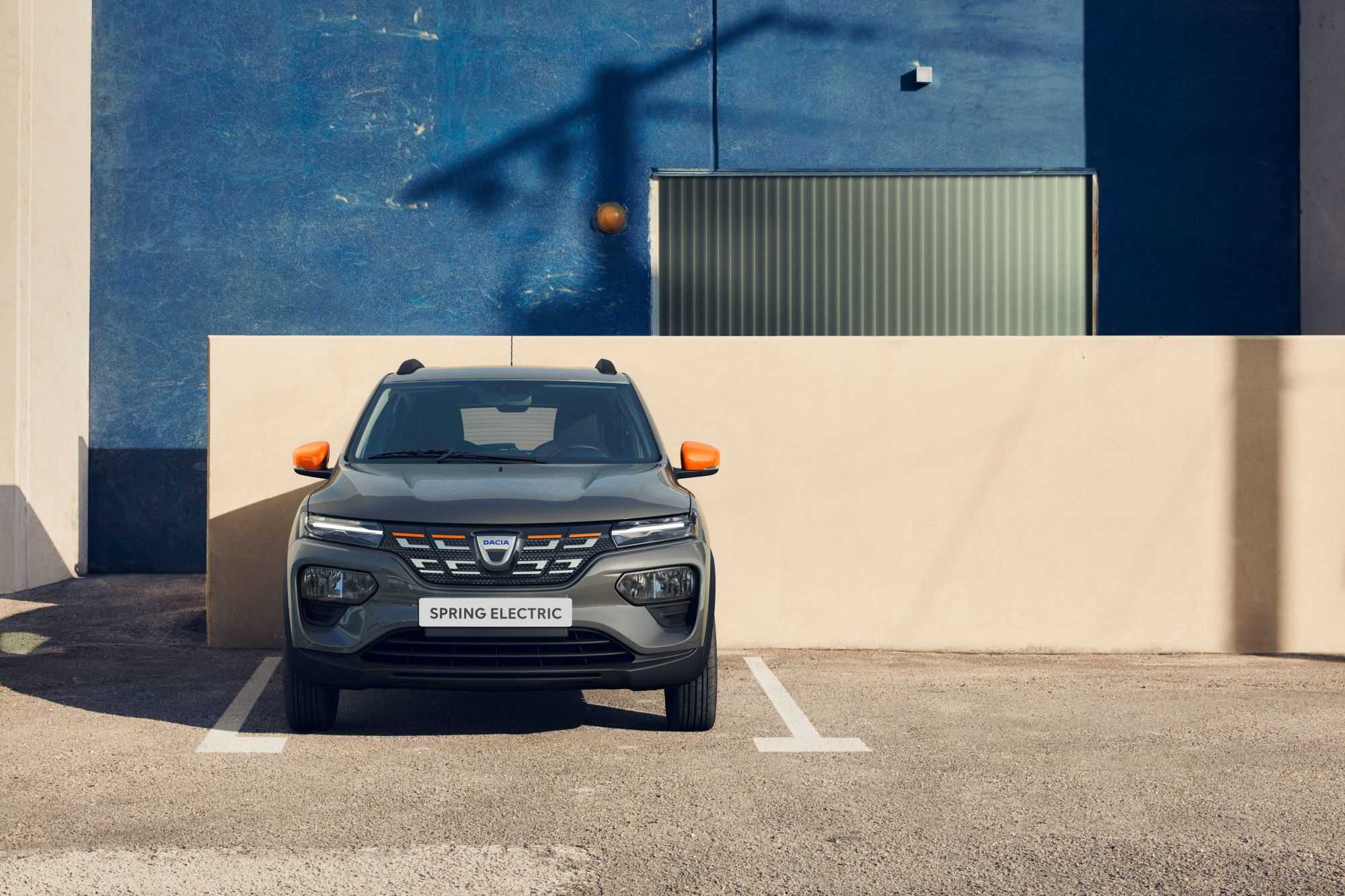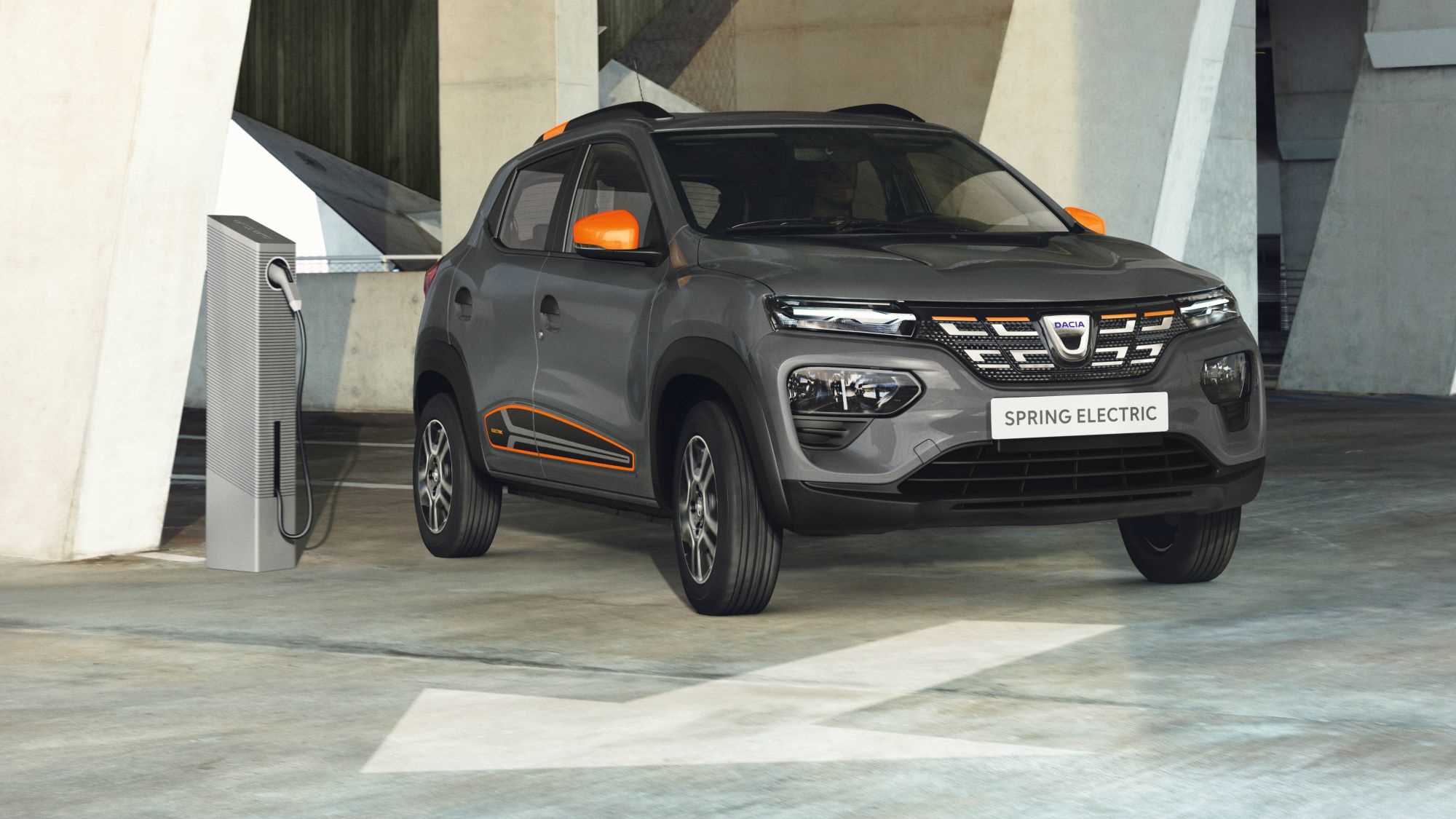Renault India
Renault India is diligently working to introduce electric vehicles priced under Rs 10 lakh, aiming for a market launch within the next 12-24 months. The company, along with its alliance partner Nissan Motor, has committed Rs 5300 crore for this venture in India.
Upon launch, Renault’s compact EV will directly compete with Tata Motors’ Tiago EV and MG Motor’s compact car. The basis for Renault’s electric vehicle is the Dacia Spring, which shares its underpinnings with the Kwid model.
Dacia Spring
The Spring boasts a single electric motor generating 45hp and 125Nm of torque, powered by a 26.8kWh lithium-ion battery providing a range of 225km (WLTP). In comparison, the Tiago EV offers two variants: Medium Range (MR) and Long Range (LR). The MR version includes a 61hp, 110Nm electric motor with a 19.2kWh battery, offering a range of up to 250km (MIDC). The LR version presents a 75hp, 114Nm electric motor with a 24kWh battery, delivering a range of up to 315km (MIDC).
According to a senior executive, Renault is considering an adapted version of the new Dacia Spring, set for a 2024 launch globally, for the Indian market.
Venkatram Mamillapalle
Venkatram Mamillapalle, Managing Director of Renault India, revealed that the company plans 6-9 product interventions in the coming years. This involves mid-cycle updates to the existing lineup in 2024, followed by the introduction of B-segment SUVs and fresh variants of existing models.
Mamillapalle confirmed Renault’s commitment to its EV plans, revealing that the EV designed for India will utilize the CMF-A platform. Although the precise timeline remains uncertain, the company aims for a release around 2024 or 2025. He emphasized Renault’s strategy of offering platforms with petrol, electric, and EV options.

Indian Vendors
Renault plans to localize a significant portion (55-60%) of the EV components initially, with a strong focus on sourcing batteries and cells locally to drive down costs and promote wider EV adoption. The company is engaging with multiple Indian vendors and is optimistic about achieving over 85-90% localization of cells in the near future.
While Renault’s predominant focus lies within the sub-Rs 10 lakh market segment, it faced a sales decline of around 10-15% in the past fiscal year, amounting to 78,000 units. Mamillapalle anticipates a similar decline in the current fiscal year but aims to counterbalance this with exports of approximately 20,000 units to optimize factory capacity utilization.
Profitability
Renault’s efforts to connect with customers include mobile showrooms in areas lacking retail presence. Mamillapalle expects the monthly sales to increase from the current 4,500 units to 5,500-6,000 units, fueled by a renewed retail strategy and marketing push.
Despite market challenges, Renault India achieved profitability in FY22 for the first time in a decade. Mamillapalle remains confident about retaining profitability in FY23, despite volume corrections and market fluctuations.
Conclusion
In response to the need for revitalization, Renault plans significant design changes during the upcoming mid-cycle action on models such as Kwid, Triber, and Kiger. The company is also committed to enhancing safety by offering alternatives with six airbags across its product lineup, aiming to implement this before the ministry’s mandated date.





































